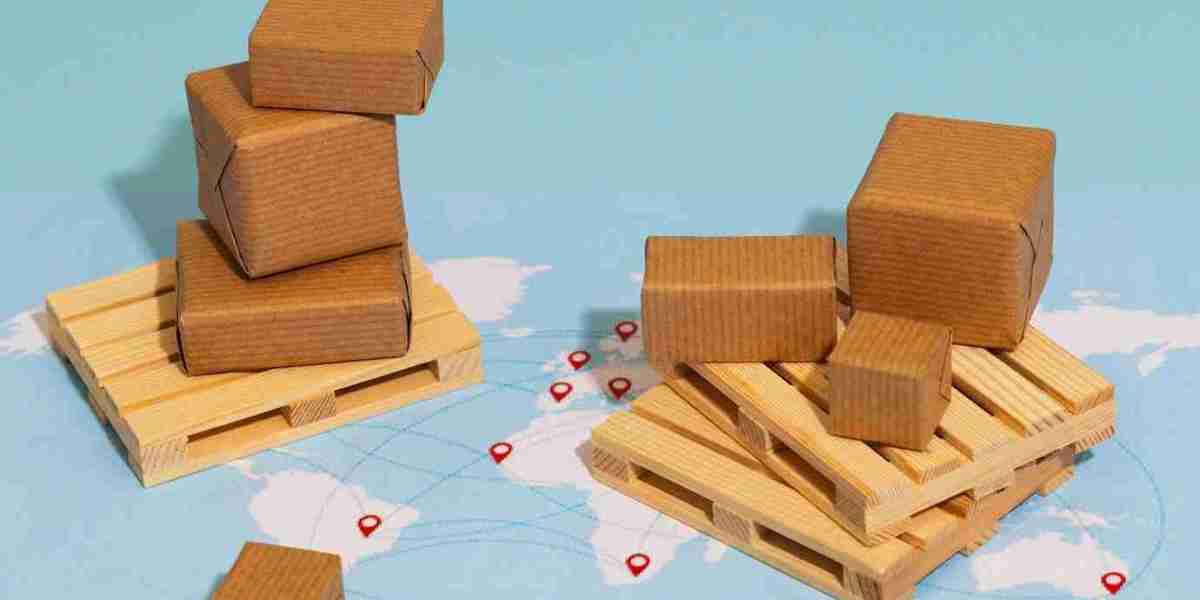The Third-Party Logistics (3PL) market has evolved significantly over the past few decades, becoming a critical component of the global supply chain. As companies increasingly look to improve operational efficiency, reduce costs, and focus on core competencies, the demand for outsourced logistics services has surged. The development of the 3PL market is influenced by several key trends, including technological innovation, globalization, changes in consumer behavior, and the growing complexity of supply chains.
Evolution and Growth of the 3PL Market
The concept of third-party logistics emerged in the late 20th century as companies began to outsource logistics functions such as transportation, warehousing, and distribution. Initially, 3PL providers offered basic services like freight forwarding and storage. However, as market demands evolved, so did the scope of 3PL services. Today, many providers offer end-to-end logistics solutions, including inventory management, order fulfillment, reverse logistics, freight consolidation, customs brokerage, and even value-added services like packaging and labeling.
The global 3PL market has witnessed substantial growth in recent years, driven by the boom in e-commerce and international trade. Businesses of all sizes are leveraging 3PL providers to scale operations, enter new markets, and enhance customer service without investing heavily in logistics infrastructure.
Technological Advancements
Technology plays a vital role in the development of the 3PL market. The integration of digital tools like cloud computing, artificial intelligence (AI), Internet of Things (IoT), and big data analytics has transformed logistics operations. These technologies enable real-time tracking, predictive analytics, demand forecasting, and route optimization, improving supply chain visibility and efficiency.
Warehouse automation and robotics have also become integral to modern logistics. Automated guided vehicles (AGVs), autonomous mobile robots (AMRs), and smart warehousing systems help increase accuracy and speed, reducing human error and labor costs. Moreover, transportation management systems (TMS) and warehouse management systems (WMS) allow 3PL providers to streamline logistics planning and execution.
Impact of E-commerce
The rise of e-commerce has been one of the most significant drivers of the 3PL market. Online retailers rely heavily on 3PL services to manage large volumes of orders, provide fast delivery, and handle returns efficiently. This demand has led 3PL providers to develop specialized e-commerce fulfillment capabilities, including last-mile delivery solutions.
Customers today expect faster shipping times, real-time order updates, and hassle-free returns. To meet these expectations, 3PL companies are building more distribution centers closer to urban centers and using data analytics to predict demand and optimize inventory placement.
Globalization and Cross-Border Trade
Global trade expansion has further propelled the growth of the 3PL market. Companies operating in multiple countries face challenges related to customs regulations, international shipping, and cross-border compliance. 3PL providers with global networks and expertise help businesses navigate these complexities, offering integrated solutions for international logistics.
Many multinational firms prefer to partner with global 3PL providers that can offer consistent service across regions, manage risks associated with cross-border logistics, and ensure compliance with local laws and standards.
Challenges in the 3PL Market
Despite its rapid growth, the 3PL industry faces several challenges. Rising fuel costs, labor shortages, regulatory changes, and supply chain disruptions can impact profitability and service levels. Additionally, the need for continuous investment in technology and infrastructure puts pressure on providers to innovate and adapt.
Another challenge is maintaining customer trust and data security. With increasing reliance on digital platforms, 3PL providers must ensure the security of sensitive supply chain data and protect against cyber threats.
Sustainability and Green Logistics
Environmental concerns are shaping the future of the 3PL market. As governments and consumers demand sustainable practices, logistics providers are adopting green initiatives to reduce their carbon footprint. These include using electric delivery vehicles, optimizing delivery routes to reduce emissions, investing in eco-friendly packaging, and implementing sustainable warehouse practices.
Some 3PLs are also offering carbon offset programs and helping clients track and report on sustainability metrics, aligning logistics strategies with broader corporate social responsibility goals.
The Future Outlook
Looking ahead, the 3PL market is expected to continue its upward trajectory. The increasing complexity of supply chains, growing demand for flexibility, and continuous technological innovation will drive further development. The market is also likely to see greater consolidation as larger players acquire niche providers to expand service offerings and geographic reach.
In conclusion, the 3PL industry is undergoing a transformation marked by innovation, globalization, and digitalization. As companies seek more agile and responsive supply chain solutions, third-party logistics providers will play a crucial role in enabling business growth, enhancing efficiency, and meeting evolving consumer expectations.




